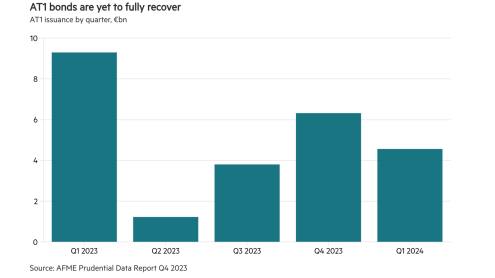Net interest income (NII), which is the difference between the revenue a bank earns from its interest-bearing assets and the expenses of its interest-bearing liabilities, at leading Armenian banks continued rising last year during a difficult period, which saw an escalation in tensions with neighbouring Azerbaijan over the disputed Nagorno-Karabakh region, as well as the Covid-19 pandemic.
Between February 14, 2017 and January 28, 2019, the Central Bank of Armenia kept its key refinancing rate at 6%, supporting NII at leading banks. It made six subsequent cuts (to reach a record low of 4.25% on September 15, 2020), before starting to raise rates on December 15, 2020, amid concerns about inflation.
In its most recent meeting, on September 14, 2021, the central bank raised rates by a quarter of a percentage point to 7.25%, according to Trading Economics — the sixth rate rise since December 2020.
At Ameriabank, the country’s largest bank by assets, NII increased just 3.6% year-on-year, from $64.6m in 2019 to $66.9m in 2020. However, over the past five years the bank has seen an impressive 118% leap in NII, according to The Banker Database.
Ardshinbank, the country’s second-largest bank, saw its NII rise 20.3% year-on-year, from $48.7m in 2019 to $58.6m in 2020. It has outperformed its rival in this performance metric over the past five years, with a 191% rise in NII between 2016 and 2020.
At Armbusinessbank, the third-largest bank by assets, NII rose 12.1% year-on-year in 2020 to reach $30.1m, while at the country’s fourth-largest lender, ACBA Credit Agricole Bank, NII rose 13.5% year-on-year to reach $49.6m. Both banks saw their NII dip slightly in 2017, before continuing the upward trend.
About 30% of total domestic deposits in the Armenian banking sector at year-end 2019 were from non-residents, mainly comprising the Armenian diaspora, according to S&P Global.
Trends identified using The Banker Database, an online database providing comprehensive financial data and insight for 4000 of the world's leading banks in 190 countries. Contact us.











